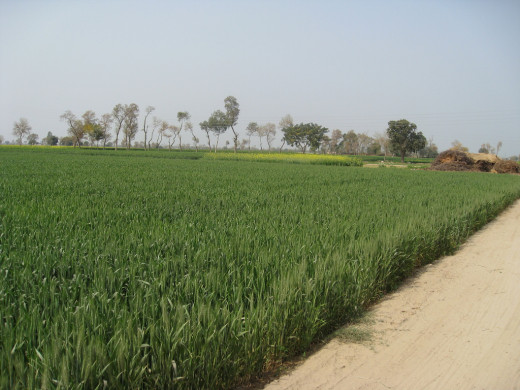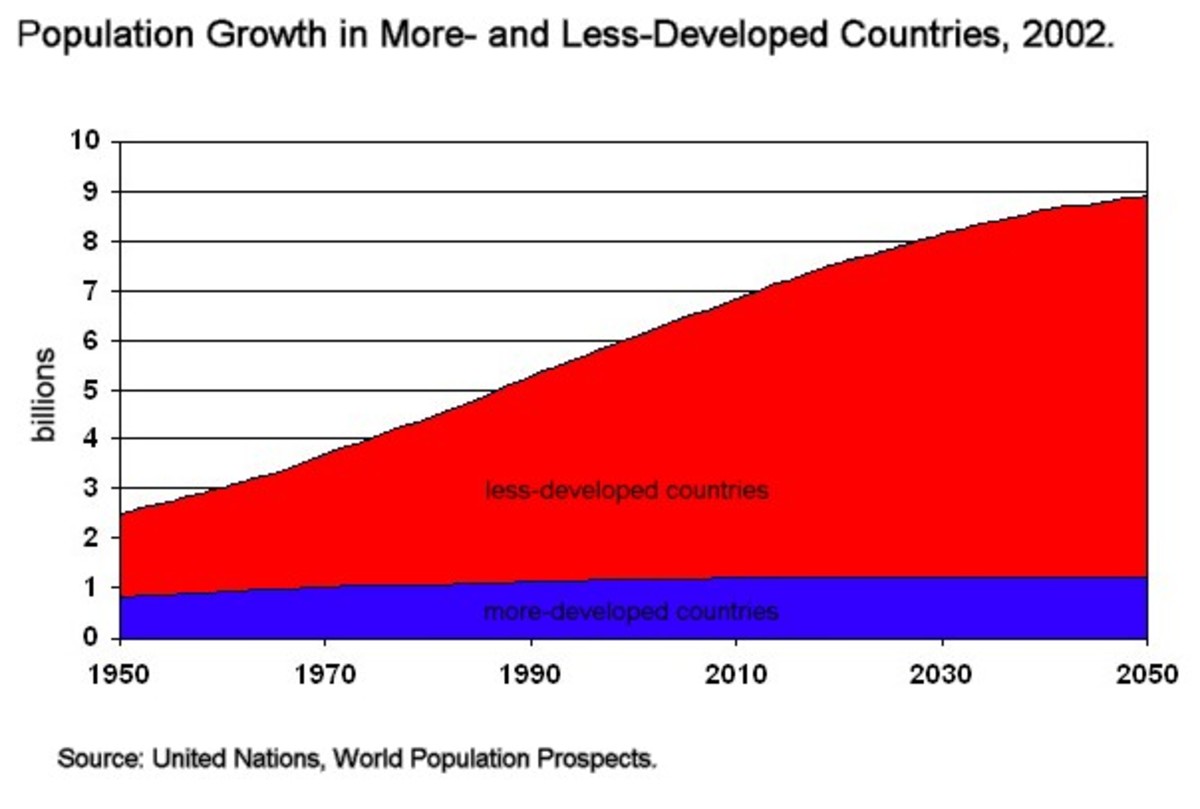National (India) Food Security

Is our National Food Security threatened?
One need not research any obscure statistics or necessarily be a great economist to answer this question in the affirmative. That National Food Security is under threat is plain apparent if only one takes into consideration the soaring food prices and increasing food imports. The recent hike in the Minimum Support Price (MSP) for wheat, in two installments from Rs. 600 to Rs. 1100, marks a dark fact which has escaped any meaningful public debate. The increase will lead to increase in food production, or so we are told, and the consequent National Food Security. However the point that has been missed completely is the plight of the low wage earner particularly the farm laborer already afflicted with high rates of hidden and partial unemployment. High food production in the country or the size of food buffer held by the government agencies provide no food security to this large population mass unless food is within reach at their income levels at prevailing prices.
Minimum Support Price
One benefit that MSP provided in the initial years of independence was that it led to decent surpluses with the farmer that in turn led to investment in land improvement, mechanisation of farming and high use of fertilisers. This further led to increased food production and the consequent National Food Security. However the wisdom of the continued MSP support provided for the two main crops namely the wheat and rice is questionable. It has led to serious problems like depletion of water table and long term erosion of soil fertility in states like Punjab, threatening the very sustainability of the agriculture and consequently the National Food Security. The skewed MSP system focusing only on crops like wheat and rice has also led to effective blocking of crop diversification which in turn has rendered the farmer dependent in perpetuity on the MSP. The farmer has also been robbed of the probable (the choice of the word probable here instead of possible is deliberate) benefits of market driven higher price of his produce and the country of the market driven quality of agricultural produce. On the whole continued MSP support as shall be seen below is not a good long term policy intervention for National Food Security.
Subsidies
Agricultural and food subsidies in the India can be broadly classified as cash subsidies and do not necessarily result in greater investment in agriculture and therefore, though may lead to some relief or benefit to the individual, has hardly any societal benefit. One proposition often mooted is that the farmer be persuaded to leave his land fallow for at least some time so that the soil fertility is maintained. This will also check the side effects of overuse of natural resources like ground water as also allow the FCI to periodically clear its granaries of the food stocks often rendered unfit for human consumption by reasons of time lag or otherwise. For this, adequate cash subsidies for the farmer are advocated on the pattern of US and European countries. This argument is palpably flawed in at least two ways. In the US 95% of the population subsidizes 5% farmers. However in the Indian context 20% of the tax paying population shall subsidize 65% of the farming population, quite a quixotic proposition. Secondly the advocates of this policy forget that this weakens the very National Food Security it seeks to promote. The only positive (aside of plain subsidy to farmers) that this policy may achieve is the conservation of natural resources and land fertility to some extent which to my limited understanding is best achieved by appropriate agricultural practices like crop rotation and crop diversification rather than such quixotic state policies.
Public Distribution System
The question to be asked here is why the country requires Public Distribution System, notorious as a corruption den as it is. To answer this question we need to consider the target group it seeks to serve. Below poverty line population in India mainly comprises the landless labourer, the low paid industrial worker, marginal farmer and the unemployed or partially employed person. Their poverty certainly can not be attributed to any unwillingness to work hard or enough on their part. The major contributor for the phenomenon instead is extremely low wage rates in India. That the statutory minimum wage rates in India increase at a snail’s pace shall be a gross understatement. Compare the minimum wages of the order of Rs 2000 per month with rates of food grains @ Rs 1100 per quintal for wheat and Rs. 600 per quintal for paddy (it will be both interesting and enlightening to work out economics of an urban house hold consisting of say two adults and three minor children and family head employed at Rs. 2000 pm). In such a situation PDS supplies are a life line of these BPL families and governments can withdraw PDS at their on peril unless income levels of the large BPL population are raised sharply through state intervention.
Does the Consumer figure any where?
One interesting aspect of whatever public debate takes place on the issue of National Food Security is that it is farmer and food shortages centric without any consideration of the consumer. Whatever consideration the consumer finds is in the context that the teeming millions of India, afflicted with abject poverty, are unable to meet their food requirements either for want of purchasing power or otherwise. Thus the solutions attempted so far are also confined to addressing the farmer’s issues and to some extent poverty alleviation programmes like IRDP, NREGS (of recent origins only) or Swarojgar Yojna. So much so that initiatives like allowing futures trading in food grains are based on the argument that it will help farmers get remunerative prices for their produce. Any consideration of consumer’s interest is totally amiss.
There is no conscious effort to understand and address the issue of greater consumer participation in demand and supply conditions. This needs a bit elaboration for proper understanding. Other things being equal, one would say that demand and supply are not only inter-related but are inter-dependent as well. Many would, however love to argue that the increased food production does not necessarily lead to increased consumption unless it is accompanied by greater purchasing power of the consumer. The hypothesis here is that it has a tendency to do so on account of the fact that it generally leads to greater purchasing power of the consumer, given the fact that 65% farming population is also a major component of Indian consumer population. It also gives a boost to secondary and tertiary sectors of economy leading to in creased purchasing power with the consumer at large. Having said that one can also safely say that increased consumption also leads to greater food production as the farmer gets better remunerative prices if market conditions are allowed to operate. Thus the MSP intervention is desirable only in the short run and in the long term market forces are best allowed to take over. This will ensure adequate National Food Security in the long run but shall also require some careful treading by the policy planners.
What is the alternative?
Higher purchasing power of the larger consumer population comprising of the farmer, the labor force and the not so insignificant white collar population is thus the best National Food Security. And it is the best welfare measure for the farmer as well for the simple reason that higher purchasing power of the consumer leads to better market determined crop prices for the farmer for his produce on one hand and better purchasing power of the farmer as part of the same larger consumer population on the other. The biggest advantage of this approach of course is that it seeks to and minimises class disparities which otherwise have brought our national and social unity to the brink of disintegration. In other words demand led agricultural growth model based on higher income levels of all classes of consumer is the recommended model.







